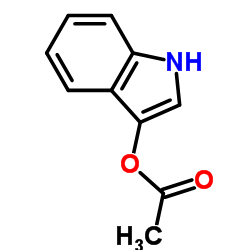Atypical Helicobacter canadensis strains associated with swine.
G Douglas Inglis, Malcolm McConville, Anno de Jong
Index: Appl. Environ. Microbiol. 72 , 4464-4471, (2006)
Full Text: HTML
Abstract
Forty-two Helicobacter isolates were isolated from swine feces in The Netherlands and Denmark. All 12 isolates sequenced (16S rRNA gene) formed a robust clade with Helicobacter canadensis ( approximately 99% similarity). Species-specific PCR indicated that all of the isolates were H. canadensis isolates. Although the appearance of the porcine isolates was similar to the appearance of H. canadensis, only one of these isolates was able to hydrolyze indoxyl acetate, a cardinal characteristic of this taxon. Examination of the 23S rRNA and hsp60 genes revealed high levels of similarity between the porcine isolates and H. canadensis. However, amplified fragment length polymorphism genomic typing showed that isolates recovered from swine feces were genetically distinct from H. canadensis strains obtained from humans and geese.
Related Compounds
| Structure | Name/CAS No. | Molecular Formula | Articles |
|---|---|---|---|
 |
3-Acetoxyindole
CAS:608-08-2 |
C10H9NO2 |
|
Comparison of three rapid methods, tributyrine, 4-methylumbe...
1994-05-01 [J. Clin. Microbiol. 32(5) , 1362-3, (1994)] |
|
Arcobacter mytili sp. nov., an indoxyl acetate-hydrolysis-ne...
2009-06-01 [Int. J. Syst. Evol. Microbiol. 59 , 1391-1396, (2009)] |
|
Arcobacter molluscorum sp. nov., a new species isolated from...
2011-04-01 [Syst. Appl. Microbiol. 34 , 105-109, (2011)] |
|
An important role for secreted esterase in disease establish...
2011-03-01 [Can. J. Microbiol. 57 , 211-216, (2011)] |
|
Creating fast flow channels in paper fluidic devices to cont...
2012-12-07 [Lab Chip 12(23) , 5079-85, (2012)] |